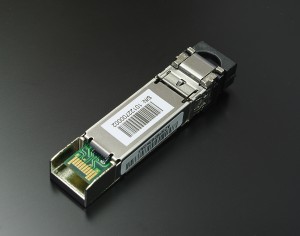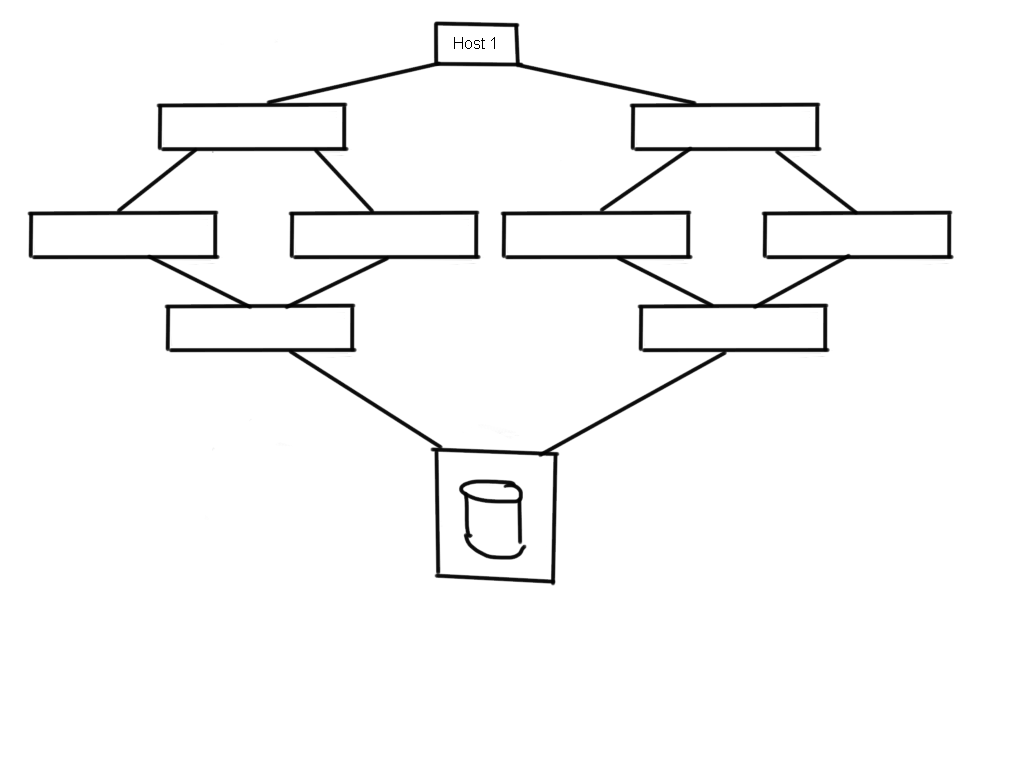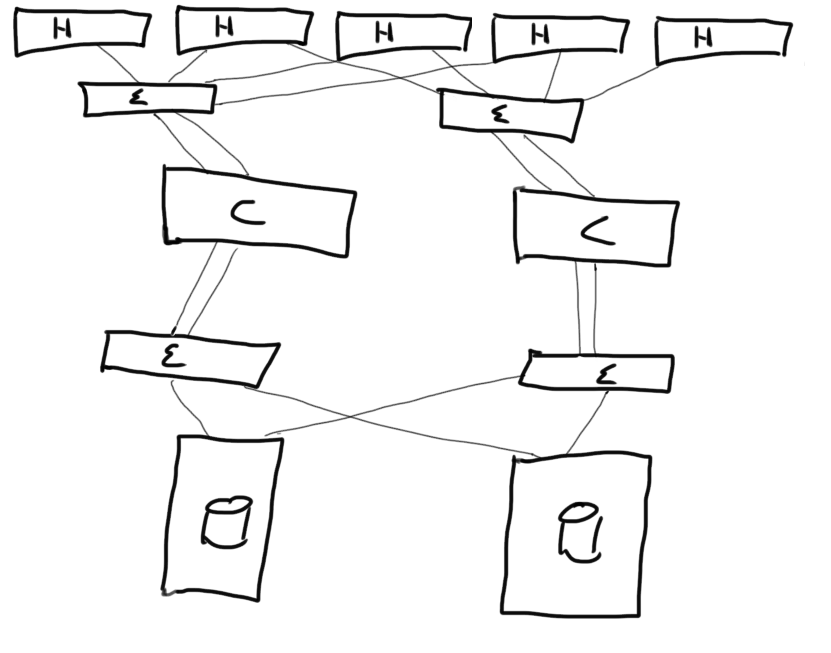Whenever you see Fabricwatch throw a lot of a lot of FW-1050 warning messages around indicating an out of boundary power value on SFP’s it is most likely these ports have never been polled by the CP’s.
2014/10/08-04:04:27, [FW-1050], 94159, SLOT 5 | FID 128, WARNING, xxxxxx, Sfp Supply Voltage for port 7/13, is below low boundary(High=3630, Low=2970). Current value is 0 mV.
2014/10/08-04:04:27, [FW-1050], 94160, SLOT 5 | FID 128, WARNING, xxxxxx, Sfp Supply Voltage for port 7/15, is below low boundary(High=3630, Low=2970). Current value is 0 mV.
2014/10/08-04:04:27, [FW-1050], 94161, SLOT 5 | FID 128, WARNING, xxxxxx, Sfp Supply Voltage for port 7/20, is below low boundary(High=3630, Low=2970). Current value is 0 mV.
2014/10/08-04:04:27, [FW-1050], 94162, SLOT 5 | FID 128, WARNING, xxxxxx, Sfp Supply Voltage for port 7/22, is below low boundary(High=3630, Low=2970). Current value is 0 mV.
2014/10/08-04:04:27, [FW-1050], 94163, SLOT 5 | FID 128, WARNING, xxxxxx, Sfp Supply Voltage for port 7/28, is below low boundary(High=3630, Low=2970). Current value is 0 mV.
2014/10/08-04:04:27, [FW-1050], 94164, SLOT 5 | FID 128, WARNING, xxxxxx, Sfp Supply Voltage for port 7/30, is below low boundary(High=3630, Low=2970). Current value is 0 mV.

On a normally operational port FOS will poll the SFP’s so now and then to check on various things. This includes the usual SFP inventory like serial number, Vendor ID, SFP capabilities etc. Additional things that checked are the TX and RX power levels, voltage and current being used on that particular SFP.
Continue reading →







